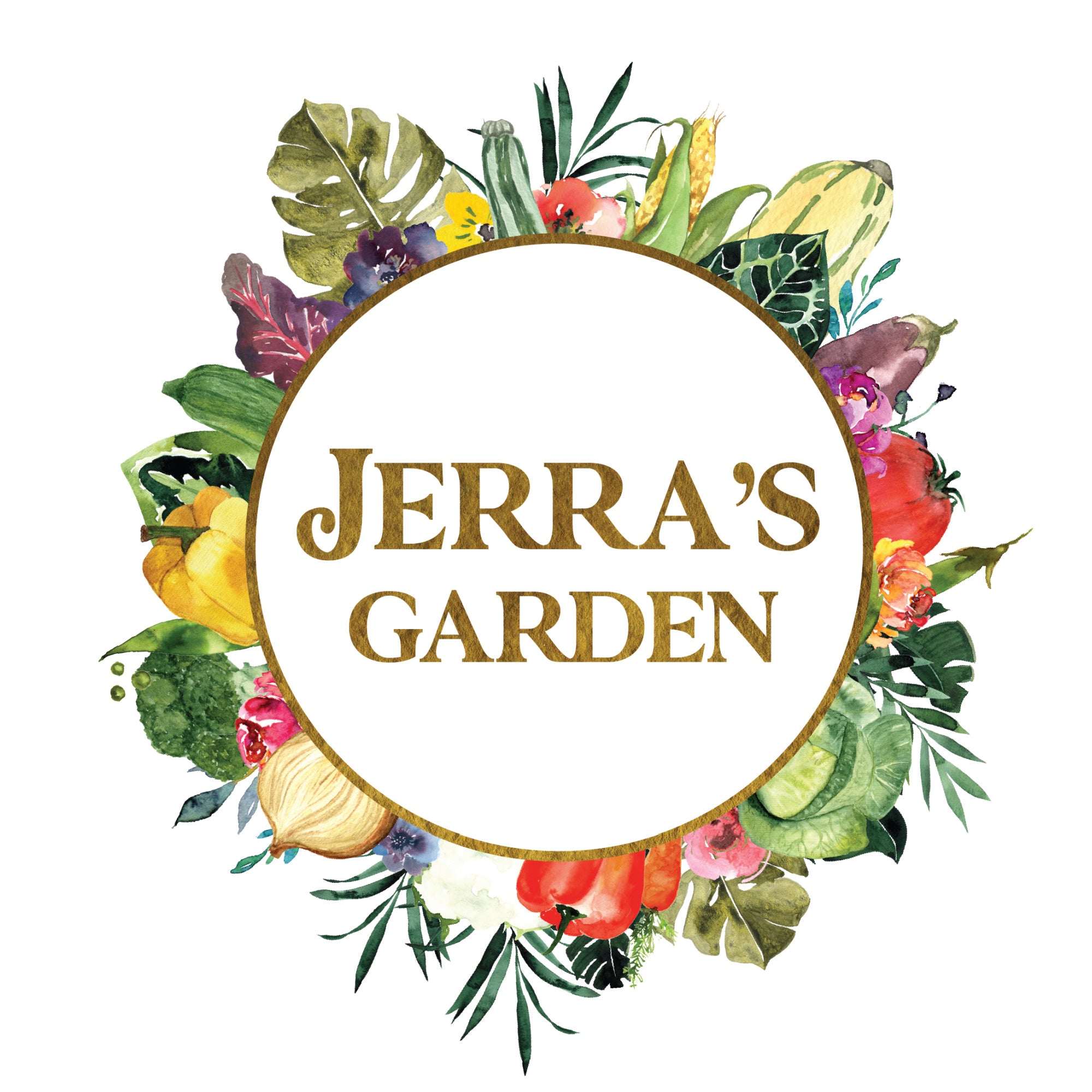The Purple Tomato: My Review From Seed to Harvest

Gardening enthusiasts are buzzing with excitement over the latest addition to the world of horticulture: the all-purple GMO tomato simply called The Purple Tomato bred by Norfolk Healthy Produce. This unusual and controversial fruit has sparked curiosity and debate in the gardening community for being the first GMO seed openly available to the public to purchase. This is my review of growing The Purple Tomato from sowing the seeds, planting, and finally to harvesting and tasting this unique tomato cultivar. I will compare its growth and production to traditional tomatoes and discuss the implications of genetically modified organisms (GMOs) seed.
Check out the video version of my Purple Tomato review here:
From Seed to Seedling: Growing the Purple Tomato
The journey began with sowing seeds in solo cups, which were placed over heat mats (from Amazon) to speed up germination. Within five days, the seeds sprouted and were transferred under grow lights. I prefer to use Mars Hydro 3x3 grow lights (from Amazon), which greatly speed up the rate of growth of my tomato seedlings. I started fertilizing my tomato seedlings once the first true leaves appeared, with Fox Farms Grow Big Liquid Fertilizer (from Amazon).
Check out my YouTube video tutorial all about my process for sowing tomatoes from seed and growing them into healthy transplants HERE.
After eight weeks, the seedlings were ready to transplant. I choose a spot with full sun and planted the seedling in a 10-gallon grow bag, filled with compost and enriched with Espoma Tomato-Tone fertilizer, azomite rock dust, crab meal, and DynoMyco Mycorrhizal inoculant.
Check out my YouTube video tutorial that goes in depth on my method for transplanting tomatoes to get maximum production and why I use these ingredients HERE.
Challenges and Observations
Usually darker colored fruits and vegetables grow and produce better in high heat conditions as compared to other colors. I noticed that The Purple Tomato did handle the heat better and continued to flower as I approached my summer months when all my regular, heirloom tomatoes had stopped. However, The Purple Tomato flowers had trouble with pollination in high heat and dropped. This is typical for my Florida garden as the heat and rain make it nearly impossible for any tomato flowers to pollinate and produce fruit. As far as disease resistance, it appeared to have a slightly higher disease resistance but ultimately got the same diseases and my regular tomatoes.

Trellising and Pruning Techniques
I grew The Purple Tomato next to a cattle panel type of trellis and just tucked the vines into the spaces of the trellis as it grew. I do not prune cherry tomato plants since they ramble and grow vigorously anyways. Since The Purple Tomato is a large cherry type, I did not prune it.
The Purple Tomato started producing ready to harvest cherry tomatoes early in the season as compared to my regular heirloom tomatoes. The clusters of flowers pollinated well (before my environment got too well), and produced nice full clusters of fruit. Fruit was a very dark solid brown/purple color which was very unique and unlike any other tomato I have grown. The interior was a vibrant purple color as advertised. The purple coloration is due to an increased amount of anthocyanins which is the same antioxidant found in blueberries. Norfolk Healthy Produce genetically modified a tomato by inserting genes from a purple snapdragon flower which gave The Purple Tomato a purple coloration inside and out.

Taste Testing The Purple Tomato GMO
The purple tomato had a strikingly deep purple interior and an unexpectedly sweet, and savory flavor. Unlike other dark-colored vegetables that tend to have an earthier taste, the purple tomato was reminiscent of a typical sweet cherry tomato.
Environmental and Ethical Considerations
Most GMO's are created to survive being sprayed with heavy industrial pesticides and herbicides. Therefore, they are usually only grown in large commercial farms and regulated by the government. This practice harms ecosystems, depletes our soil of fertility, and pollutes waterways, which is why a lot of people are anti GMO.
I myself am anti-GMO and advocate for the preservation of heirloom varieties. I made an exception to grow this tomato because it was modified to have increased amounts of nutrition in the form of antioxidants. Nevertheless, the uncertainties surrounding GMOs and their long-term health impacts remain a point of concern.
The Patent Puzzle
Another controversial aspect of GMOs is the patenting of genetically modified seeds. Seeds and food should be freely shared and planted without regulation. However, understanding the financial investment involved with developing such seeds, I understand why a company would want to patent their product. In fact, patenting plants and seeds is nothing new in the plant industry. At the time of writing this review, one packet of The Purple Tomato seeds cost $20 and can be purchased from Norfolk Healthy Produce's website.

Future Plans and Final Thoughts
All in all, I did enjoy the taste of The Purple Tomato and thought it was a unique cultivar. I will probably continue to grow it (in isolation) until I run out of seeds. I am still very happy with the growth, production, and flavor of the thousands of heirloom tomato cultivars to choose from.
If you have grown The Purple Tomato, please share your experience in the comments.


